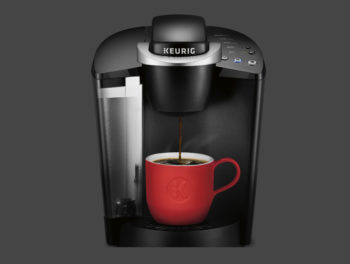The industry standard used to be that brands establish themselves then strategically integrate into consumers’ lives, but recently we’ve seen a role reversal in this process. Rather than brands barging into the lives of their consumers with loud ads and intricate brand designs, they’re making consumers the center of more than just their sales numbers.
Here at Motiv, we’ve recognized a new trend in how we design and package products that relates to brand blending. As companies aim to be more transparent, like in sharing internal brand information, they’re also leaning into simplicity in all consumer touchpoints.
In the early years of our product design firm, a brands’ logo or badge was put on everything. More recently we’ve seen a trend in companies pulling away from requesting their logo on the main feature of a product. There’s been a slow evolution of clients requesting to incorporate their branding in a more subtle and creative way. The result has been product designs that infuse the consumer’s lifestyle and culture with a clients’ brand image from ideation to unboxing—creating a brand experience for the consumer that’s non-invasive and thoughtful.
There is one thought that came up in an internal conversation about brand blending: Is brand blending possible for all brands, both start-up and enterprise? Or is the brand blending movement something that only well established companies have the freedom to play around with?
Here’s the original article that sparked this conversation: Bloomberg-Article




